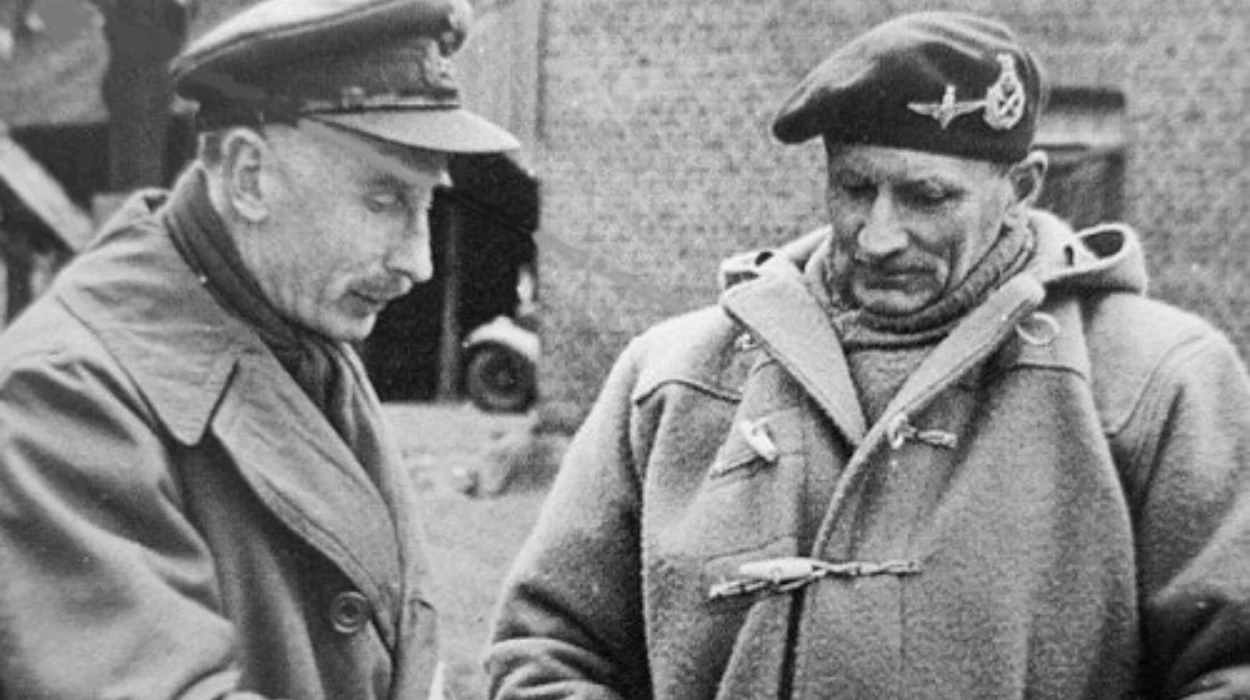The storyline begins in the 11th-century province of Antwerp. By the 1500s, Flemish émigrés shifted the narrative to England. By the 19th and 20th centuries, elements of the story turned to mainland Europe and North America. Today it is part of the global culture – especially in the world of fashion. It is the story of cloth — not just any cloth but a type of heavy-woven, “canvas type” material called Duffel. Let’s take a look…
Duffel, Belgium is a municipality in Antwerp Province. It gives its name to the manufacturing of a heavy broadcloth called Flemish Laken. Initially made of a tightly woven woollen fabric, the canvas-type material was a European mainstay in the manufacturing of sails, blankets, tents, and shoes. The Belgian weavers were most innovative in their creation of articles of clothing—especially overcoats. They perfected the thick woollen (sometimes cotton, hemp or linen) fabric with long hair woven with lanolin (found in sheep’s wool) which rendered the overcoat water-repellent.
The Middle Ages witnessed multiple waves of Flemish migrations to England. Religious persecution, large-scale flooding in Flanders, and the hope of a better economic life brought many to England and Wales. Many of the Flemish settlers were expert weavers and established themselves in the burgeoning English textile trade.
By the 1800’s the Duffel fabric had established itself as the uniform among the nobility in the Polish-Lithuanian Commonwealth. Known as the Czamara, the full-length, fur-lined coat soon gained popularity among the burgers (non-nobility) as a prominent symbol of Polish patriotic pride. By the early 1900’s both the fabric and style was adopted by the British Navy. The Duffel canvas/wool combination made the coat ideal for British Naval officers who needed a jacket that could withstand the blustery sea winds and moisture. Over the years the British military tweaked the Duffel coat to knee length with wooden toggle closures, pockets on the sides and a hooded top. But it was the image of WWII British Commander Bernard “Monty” Montgomery that popularized the garment to iconic status. After the war, the coats became available in England as government surplus stock. The Montgomery Duffel Coat became wildly popular, especially among students where wearing one meant a tribute to all the soldiers who fought and more importantly, as a statement of freedom.
By the late 1950s and 60’s the Duffel coat and all associated with the material, continued to morph into a stylistic and accessory phenomenon – especially in the fashion centres of New York, Hollywood, Paris and Milan. Young American bohemian “freethinkers” viewed the once-military uniform as “fighting against the system” and for the “reception of new ideas.” Duffel coats became synonymous with the “everyman” within us.
The Duffel coat and similar offshoots of the material are some of the most important fashions in 21st Century. Duffel bags are among the most popular luggage items as they are convenient, versatile and affordable. Canvas sneakers (think: Converse) have evolved from simple athletic footwear to a fashion statement. Many young women, especially among high school and college age, view the canvas sneaker culture as fostering a sense of community. Heavy-duty work clothing (think: Carhart and Levi Strauss) has, for over a century, been most popular with blue-collar tradesmen: The long-lasting durability, practicality and functionality are designed to last for a workforce that is exposed to hard work and severe elements. The work-ware style has transcended its origins to become a fashion fixture across the world. Recent trends suggest that the style has become the go-to street brand. As a fashion statement work wear —Duffel canvas –suggests strength, practicality,tradition, and a sense of rugged individualism.
The storyline of that tough woven fabric continues today. Indeed, it remains an enduring tribute to those weavers who trace their roots to Duffel, Belgium.
FUN FACTS
A famous image of Paddington Bear, a beloved character in British culture, is of him in a London train station with a note pinned to his Duffel coat: It reads “please look after this bear.” It is a subtle reference to the British child evacuees in World War II.
A Flemish variant of the Dutch verb induffelen means: “to wrap oneself around with many layers of clothing.”
The post-war popularity of the Duffel coat was also reflected in the cinema. In the most popular box-office movie in Britain (1949) The Third Man, Trevor Howard wore a Duffel coat in nearly every scene. Similarly, Jack Nicholson in Carnal Knowledge (1971) and David Bowie in the movie The Man Who Fell from Earth (1976) often sport the Duffel coat look.



